After the qualifying fun of the Monterey Motorsports Reunion Day 2, it’s time for the engines from 1920 through to 2012 to roar in anger once more. Yes indeed, it’s race day!

Keep in mind that, if you want to rewatch the live stream here: Monterey Motorsports Reunion Day 3, some of the owners that entered the races are there mostly to give a good show and let the classic sounds of racing echo through the Laguna Seca basin. However, as you watch, there are some owners that entered the event to actually race, and there are some excellent wheel-to-wheel moments in cars worth millions of dollars fighting just inches apart!
With that said, let’s dive into the special cars of the day.
1952 Jaguar XK120C OTS

By the time the Jaguar XK120C launched in 1948, the British marque had been out of racing, and sports cars in general, for almost a decade. So it was to much surprise that not only did they return to sports car racing, they came back with something that was smooth, sleek, and looked fast just standing still. And if the sleek, low shape might have some of you Jaguar fans out there thinking it looks very similar to a much more popular car, then you would be correct in assuming that the XK120C OTS (Open Top Speedster) is the first car that led through a couple of evolutions to the inimitable Jaguar E-Type.
The XK120 also became one of the first true customer racing cars, where you could take your road-going XK120, and with a few additional bits ordered through your local Jaguar dealer and your car in the dealer’s garage for a few days, turn it into a race car ready to go. The most important part of this conversion through the dealer was engine, which is one of the true classics of Jaguar, the 3.4L Inline-Six. In road spec, it produced 160 HP, but changing out the double SU H6 carburetors for double SU H8’s, and replacing the standard head with one made for the C-type race car, the engine was suddenly outputting 210 HP.
As the XK120 was sold as a “road car ready to race,” Jaguar had the foresight to allow for the mounting of a small aero screen deflector on the dashboard, and the windshield was removable by undoing four bolts. This allowed for one to enjoy a Saturday drive, then with 15 minutes and a set of spanners, go racing on Sunday. It’s no wonder that over 12,000 of these cars sold, despite them not being what one would define as cheap in their day. Still, this car started what would become customer racing, where privateers and small teams could buy the same race car that the factory team used, and as long as you were willing to insure and drive it, you could have just as much fun as the factory drivers.
1979 Porsche 935K3 Langheck (Long Tail)

In our highlights article for Day 1 of the Monterey Reunion, there was a car that was hailed as one of the greatest Group C cars to have been made, the 1988 Porsche 962C. It was powered by an engine known as the Type 935 3.0L flat-six, which had already earned legendary status as an engine that simply did not break down during endurance races. The source of that engine was a small racing car project by Porsche known as the Type 935 project. There are some famous cars in the five years that the Type 935 was produced, including the 1978 Porsche 935/78 Moby Dick, the last true factory works 911 silhouette car raced by the Porsche factory team in the 20th century.
Working from the 935/78 as a base, Kremer Racing in Cologne, Germany started producing evolutions of the 935. The first was the 1977 935K1, then came the 1977 935K2, and, following in logical order, the 1979 935K3. However, Kramer racing had discovered that when they had made short tail versions of the 1977 K2, the engine had suffered some issues with reliability and heat buildup, which could ultimately lead to head gasket failure. At the pressures that the turbo was shoving air into the manifold, even the slightest deterioration of the head gasket could mean your race is over. As such, only a long-tail version of the 1979 Porsche 935K3 was offered, and to make it more obviously different that the K2, it was given the title Langheck or Long Tail.
It was in this car that the Type 935 3.0L turbo flat-six would evolve into its fully mature form, as Kremer Racing was very close to Porsche. With some fettling and some adjusting, as well as multiple trial days, the Type 935 flat-six in the 935K3 produced anywhere from 750 to well over 800 HP. The Achilles heel of the car was that it suffered from immense turbo lag, as the turbocharger was about the same size as one’s head. This is why you often see these cars wriggling as they come out of corners, seemingly dancing on their rear wheels, as the drivers are balancing the turbocharger just on the edge of spinning up to full power. Hitting almost 800 HP while turning would introduce you to the wall very quickly, and often backward.
However, in the hands of a skilled driver, there was absolutely nothing in 1979 that had a GT-shaped body that could keep up with the 1979 Porsche 935K3. This Type 935 engine proved to be so powerful, and so reliable, that it was used for almost the entirety of the 1980s in Porsche prototype racers.
1966 Chevrolet Corvette C2 L72 Open Top GT

Among many Corvette fans, the C2 generation from 1962 to 1967 was the golden age of the all-American sports car. It was the generation that established the Stingray name. I was the generation that had the L88 model variant, which needed race fuel to even run its monstrous V8. But most importantly, it was the generation that established the foundation of what is known today as Corvette Racing, the factory team that has challenged in IMSA, Le Mans, International GT, and pretty much any other series that accepts a car shaped like a Corvette.
However, before the 1967 Corvette C2 L88 came to be, it had a predecessor. This car was known as the 1966 Corvette C2 L72, sporting a special 427 cubic inch (7.0L) L72 V8 that produced 425 HP and 460 lb-ft of torque… when powered by regular gas. On race fuel, that engine pushed out closer to 500 HP. It also used a Holley downdraft carburetor for fuelling, which often ran a little rich and gave the car that classic side-exhaust burble when at idle. In the street-going version of the C2, the engine was perfectly useful in getting the admittedly heavy car up and going. However, if you cut off half the weight by literally cutting off the top of the cabin, tearing out everything but a race seat, and putting a roll hoop in, you had a seriously powerful engine in a middleweight car.

If you wonder what kind of effect that could have on the car, all you need do is look at the picture above. Coming around the Andretti hairpin, the 1965 Corvette C2 L72 Open Top GT has been leaving a long pair of black lines back almost to the apex of the corner. He is seriously sideways, yet is keeping up with two hard-top Shelby Cobra 289’s. And he’s probably not even on a quarter throttle, the engine just has grunt the instant you look at it, and it roars around Laguna Seca like a demon, chasing after those Ford-powered cars like it wants to have them for lunch… as the main dish.
1980 Williams FW07

In the later years of the 1970s, Lotus developed the “ground effect car” with the Lotus 78 Formula 1 car. However, while Colin Chapman had a very solid grasp of aerodynamics and the Venturi effect, there was one man in the field that was an absolute master of aerodynamics. That man was Patrick Head, the technical director at Williams Formula 1. From his drawing board came the dominant Williams FW07, a car so good in 1979 that nothing about it was changed for the 1980 season. And that proved to be the right decision, as the Williams Formula 1 Team won the constructors championship in 1980, with driver Alan Jones winning the 1980 Driver’s Championship driving the Albilad-Saudi Racing Team liveried car.
What made the car so special was that while it took Colin Chapman’s idea, and shaped the car to not only use the ground effects to literally vacuum the car down onto the tarmac, Head designed the car to be as smooth and clean as possible a shape to cut through the air. In fact, the car was so smooth through the air that the independent throttle bodies for each carburetor of the Cosworth DFV V8 had to be raised to literally poke out the top of the body to be able to grab enough air to feed the hungry powerplant, which was at this point nearing 500 HP, in a car weighing 585 kg.
In fact, the car proved to be so dominant that when Alan Jones retired after the 1981 season, a young, talented Finnish driver by the name of Keke Rosberg was signed to Williams, and drove the 1982 FW07C. The car, now four years old, had only evolved enough to get the C added to it by losing a little weight to meet the 540 kg minimum car weight to compete in the 1982 season. In his first year, now in the TAG-Williams livery car after Albilad-Saudi’s sponsorship deal ran out, Rosberg drove an absolute masterclass of a season, earning 44 points and the drivers championship.
The Williams FW07 is also one of the most sought-after cars for private collectors to add to their stables. One very famous owner is Zak Brown, who took part in his own Williams FW07 during the race, who is the CEO of McLaren Automotive as well as team principle of McLaren Formula 1. The 1980 FW07 #27 in the header picture for this section is owned by, and driven by, Charles Nearburg, and was the exact chassis that Alan Jones drove to victory in Monaco.
1966 Eagle Indy Car

We all know that a great origin story only makes a race car a more classic, more enjoyable thing to watch tear it up around a track. The 1966 Eagle Indy Car is one of those with a convoluted story that includes backroom deals, some gentle application of a sledgehammer to make the frame work, and a truly epic driver to bring it all into one tale that makes this car extremely special.
It all started out in 1966, when All American Racers built the Eagle Mk I, or Eagle T1G, Formula 1 car for driver-turned-team-owner Dan Gurney. To get around and be able to enter the 1966 Formula 1 grid, it initially had a 2.7L Coventry Climax inline-four that could push out a decent 210 HP, although it was designed around being able to hold a Gurney-Weslake Type 58 3.0L V12 that put out over 450 HP. It met all technical regulations for the 1966 Formula 1 season, but this is where it gets a little murky.
In the 1960s, it was common for drivers to attempt to get two of the three races of the Triple Crown of Motorsport, a feat only the great Graham Hill has ever been able to achieve, of winning the 24 Hours of Le Mans outright, the Monaco Grand Prix, and the Indianapolis 500. Dan Gurney, in 1966, held none of the wins needed, but was dead set on going for it! And so, in a little meeting that happened because of one Carroll Shelby, all of a sudden Gurney had five Ford Four-Cam V8’s for this Eagle Mk I’s. So that they didn’t infringe on using cars developed for one racing series in another, and due to the Ford V8’s being a little smaller than the V12’s, the engine mounts were… adjusted… with precision instruments (see: the sledgehammer mentioned above).
However, the 1966 Eagle Indy Car, which is in effect a 1966 Eagle Mk I Formula 1 car with a black line struck through “Formula 1,” was able to be entered into the 1966 Indianapolis 500, and Dan qualified decently in the midfield, starting 19th. However, at the start of the 1966 race, there was a massive pileup of cars before they had even reached the first corner, and the Eagle Indy Car driven by Gurney was involved. He drove no laps and ended up being classified 27th overall. But, the other four Eagle Indy Cars entered survived the carnage, although none placed particularly high in the rankings.
However, in 1967, he did achieve one of the three jewels of the crown, winning the 24 Hours of Le Mans driving a 1967 Ford GT40 Mk IV partnered with A.J. Foyt. The Eagle Indy Car never achieved a podium result, but the Eagle Mk I Formula 1 car did manage, in 1967, to take Dan Gurney to the only win of his F1 career at the British Grand Prix.


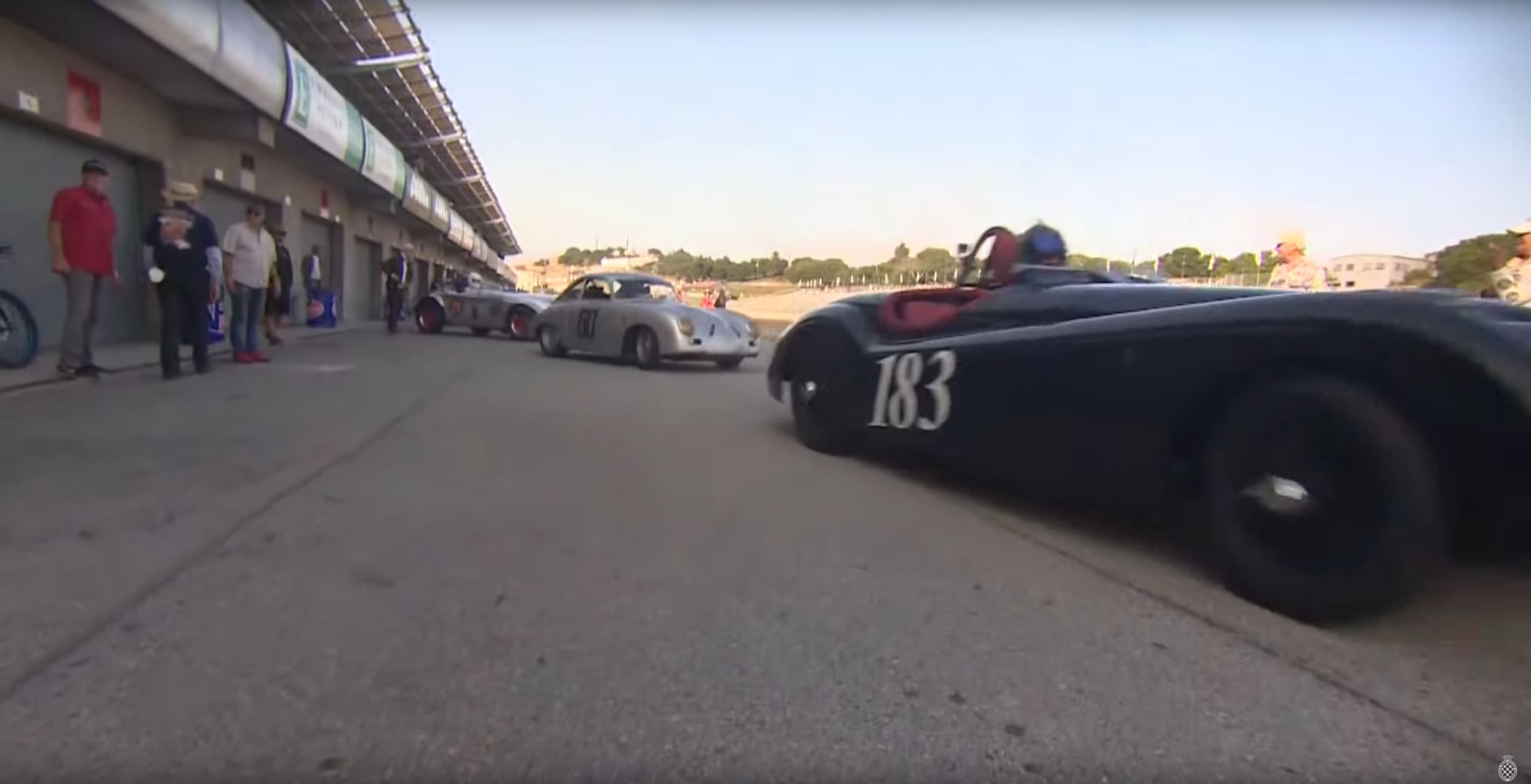
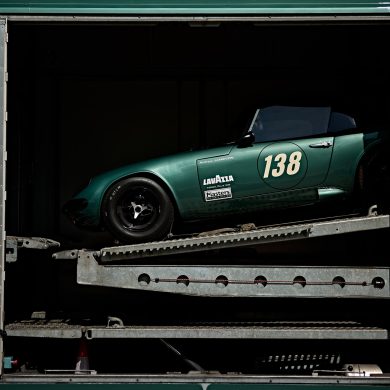
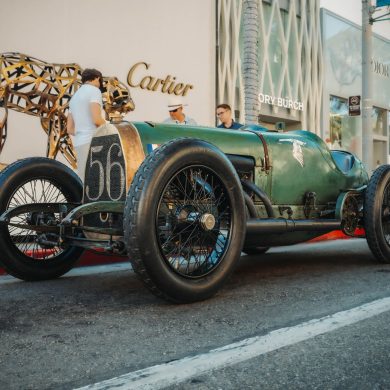
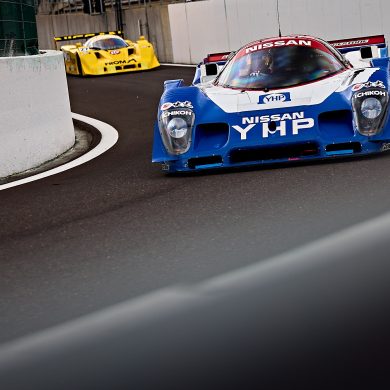
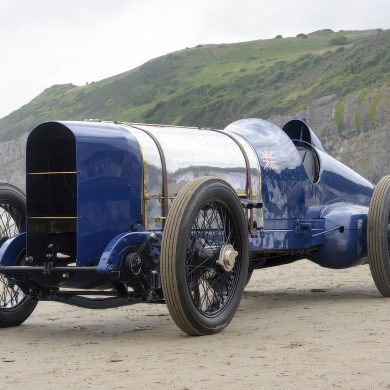
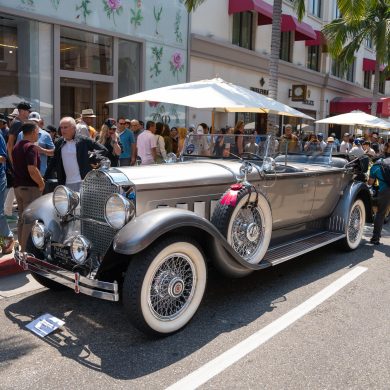
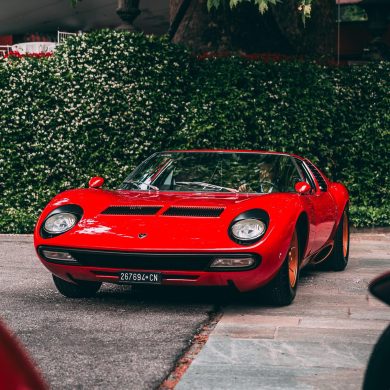


The 1966 corvette actually is a small block 327.